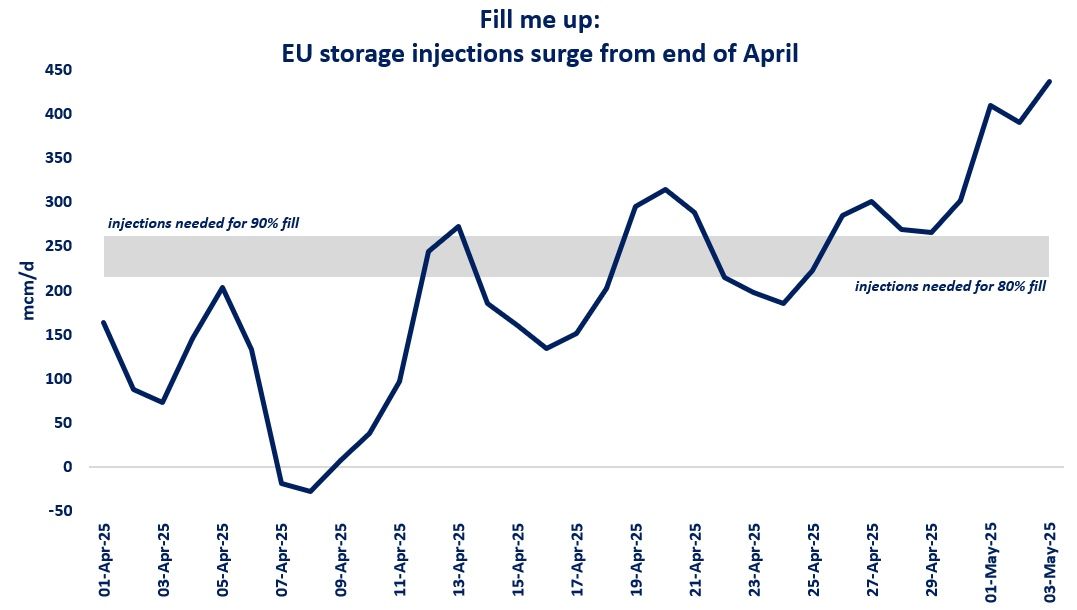

The EU’s gas market exposure to the global spot market is set to rise drastically in the coming years from less than 20% to over 50%.
Long-term supply contracts and domestic production typically covered at least 80% of the EU’s gas demand in the past, meaning that spot procurements played only a minor role, most often used for portfolio optimisation.
2022 has drastically changed this. Russia’s gas supply cuts, together with the gradual expiry of other long-term contracts and the decline in domestic production rapidly increases the EU’s exposure to the spot market and its price volatility.
Altogether, spot procurements and destination-flexible LNG contracts would meet about 48% of the EU’s total gas demand in 2023 and their share could rise to above 50% by 2025 if EU companies don’t engage in a more active contracting strategy.
Since Russia’s invasion of Ukraine, EU companies signed around 20 bcm/y of LNG contracts -just one-seventh of Russia’s piped gas deliveries to the EU in 2021.
What is your view? How will EU LNG contracting strategies evolve? What are the challenges having 50% of spot in your portfolio? What are the key issues around long-term contracting?













